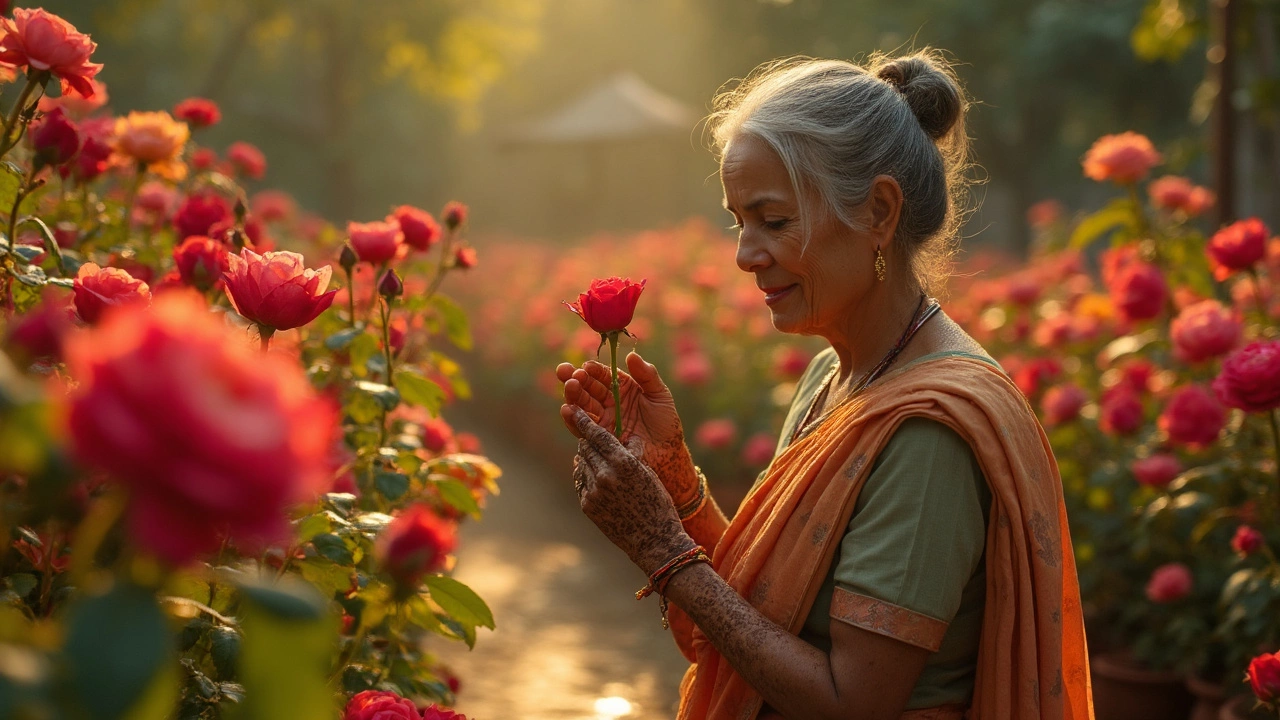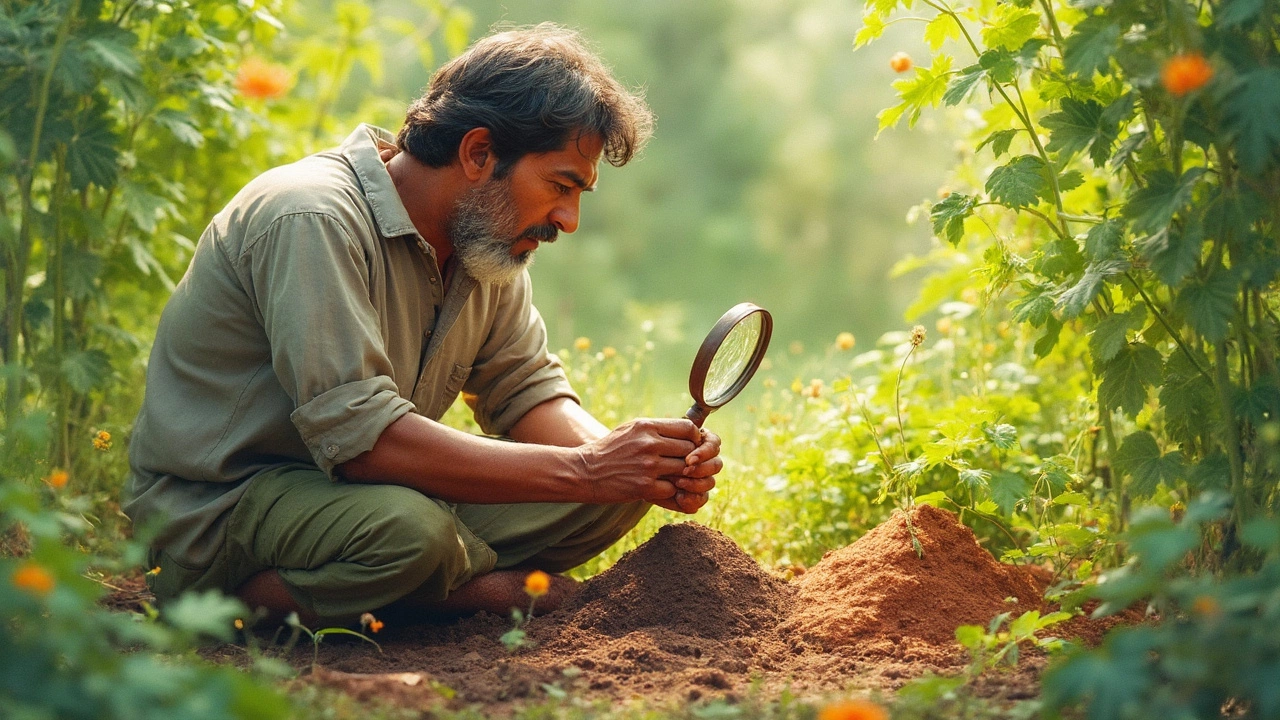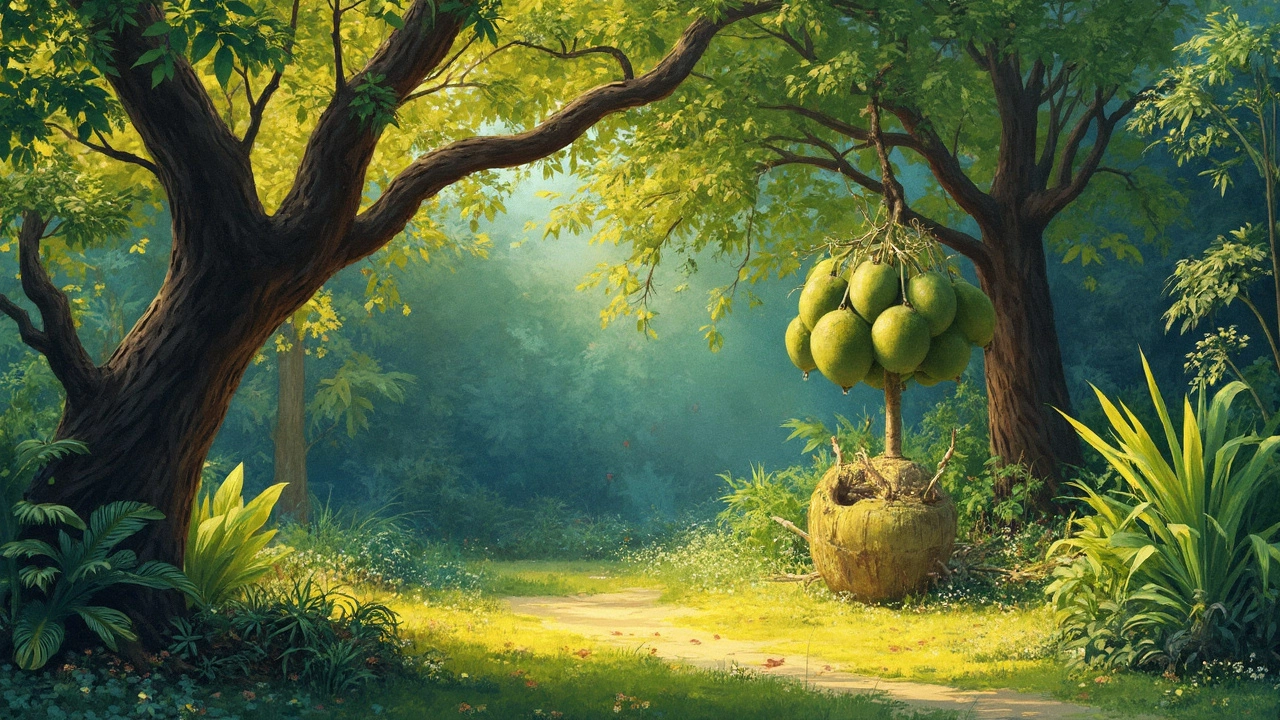Most Expensive Plant in India: Costliest Crops and Ornamental Plants Revealed
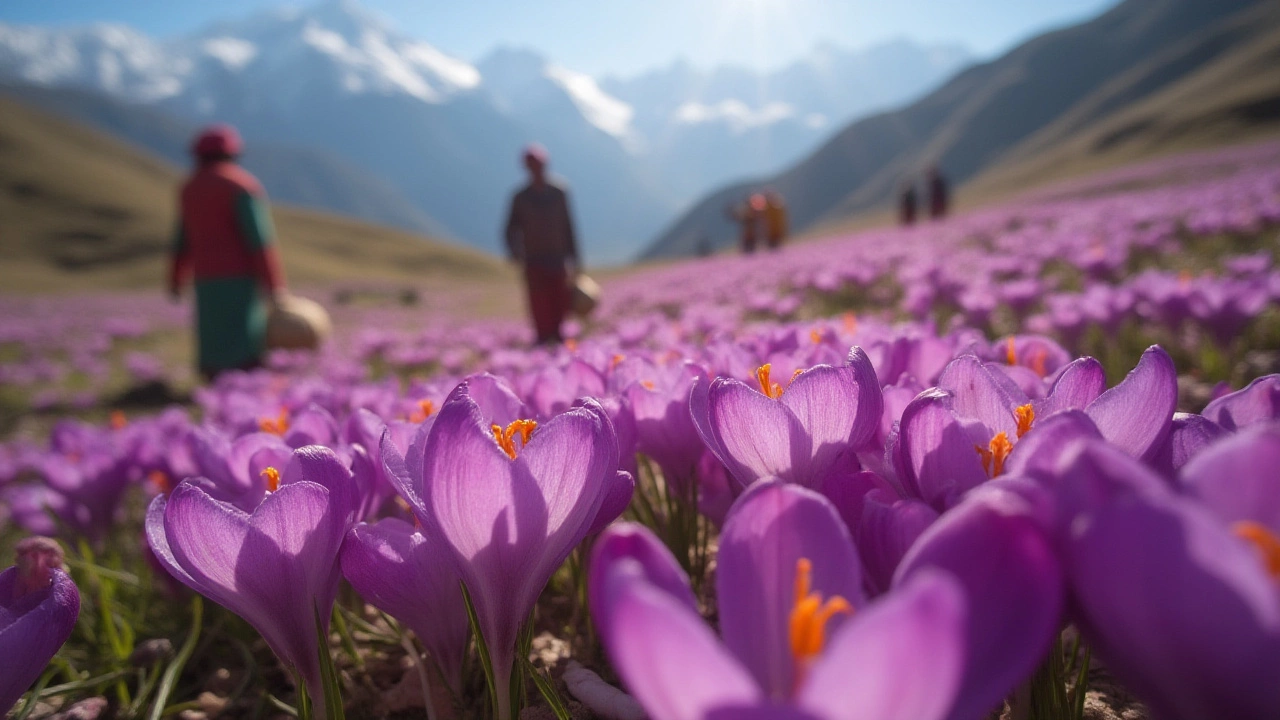
Imagine spending more on a single plant than on a fancy new smartphone—or even a small car. Sounds wild, right? But that's exactly the kind of money flowing around India's most expensive plants. While most of us picture roses, tulsi, or aloe vera when we think of plants, there's a whole hidden world of crops, trees, and decorative greens costing lakhs, sometimes even crores of rupees. Ever wondered which ones top the charts in terms of value and why they are worth every bit of that jaw-dropping price? Let’s take a deep dive and pull back the curtain on India’s ultimate botanical treasures.
The Costliest Crops Grown in Indian Soil
It’s easy to assume the most expensive plant must be an exotic import, but India grows some of the world’s priciest greens right in its own backyard. At the very top, there’s Sandalwood—a tree so valuable that it’s called the 'green gold' of south India. For centuries, Indian sandalwood (Santalum album) has filled temples with its sweet scent and supplied luxury perfume houses around the globe. As of 2025, pure sandalwood logs can sell for over ₹10,000 per kilogram—sometimes even up to ₹15,000 or more, depending on age and quality. Harvesting sandalwood, though, isn’t for the impatient. This slow-grower takes at least 15 to 20 years before it’s mature enough to cut, making each tree a long-term investment. Due to overharvesting and strict government controls, sandalwood has become even scarcer and more protected, especially in Karnataka, Tamil Nadu, and Kerala.
Then there’s saffron, or 'Kesar', harvested painstakingly in Jammu & Kashmir. Saffron bulbs need specific weather—a bit cold, but not snowed in. Each saffron flower has just three tiny stigmas, and it takes about 170,000 flowers to yield one kilo of dried saffron. That’s part of the reason why, in 2025, one kilogram of Kashmiri saffron fetches between ₹2,50,000 and ₹3,00,000. Growers treat each flower like liquid gold, and the spice isn’t only used in kitchens—think health, beauty, even traditional medicine. The entire process is manual, labor-intensive, and deeply tied to the region’s culture and economy.
If you go by rarity and price per gram, the Agarwood tree (Aquilaria malaccensis) gives sandalwood a run for its money. Agarwood’s real worth comes after it’s infected by a specific fungus, which triggers the production of a dark, fragrant resin inside the trunk. This resin is then distilled into oud oil—used in high-end perfumes—or sold as chips for incense. Wholesalers pay up to ₹20 lakh per kilo for high-quality agarwood oil. Assam, some parts of North East, and the Western Ghats are Agarwood hotspots, but legal restrictions and smuggling have made its bona fide cultivation even more precious.
Don’t forget about spices like vanilla. The vanilla orchid needs hand-pollination and a tropical climate, and just one kilo of high-grade vanilla pods can command ₹30,000-₹40,000—making it far costlier than regular crops like rice or wheat.
Rare Ornamental and Exotic Plants That Cost a Fortune
Let’s switch gears from crops to what’s taking social media and gardens by storm: rare ornamental and exotic houseplants. In India’s big cities, plant collectors drive up demand for unusual or unique varieties. One poster child is the Variegated Monstera, often called the ‘Instagram plant’. A single cutting of Monstera albo borsigiana or Monstera adansonii variegata can sell for ₹40,000 to ₹1,00,000, depending on how much white or yellow marbling shows on the leaves. It’s less about utility, more about the rare look and exclusivity—people pay big bucks just to show off that one-of-a-kind plant.
Anthuriums, especially rare hybrids like Anthurium veitchii or Anthurium warocqueanum, fetch thousands because of their large, velvety leaves with striking patterns. Collectors with deep pockets scout online auctions, plant expos, and even Instagram sellers for the next prized specimen.
Orchids are another world of their own. While you can grab a regular Dendrobium for a few hundred, rare Paphiopedilum or ghost orchids can cost upwards of ₹20,000-₹50,000 a pot, sometimes more if imported. The collector craze for these ‘living jewels’ only pushes the market value higher.
Certain bonsai trees, especially old and well-shaped ones, are considered ‘living antiques’. A single old Ficus or Juniper bonsai—trained for decades—can sell for lakhs at specialty auctions in Delhi and Mumbai. Their price climbs even further if there’s a famous artist’s mark attached.
Then there are the so-called “black market” succulents and cacti. Species like the Astrophytum or rare Ariocarpus are snapped up by collectors for ₹10,000–₹50,000, sometimes quietly traded under the radar because of plant import restrictions.
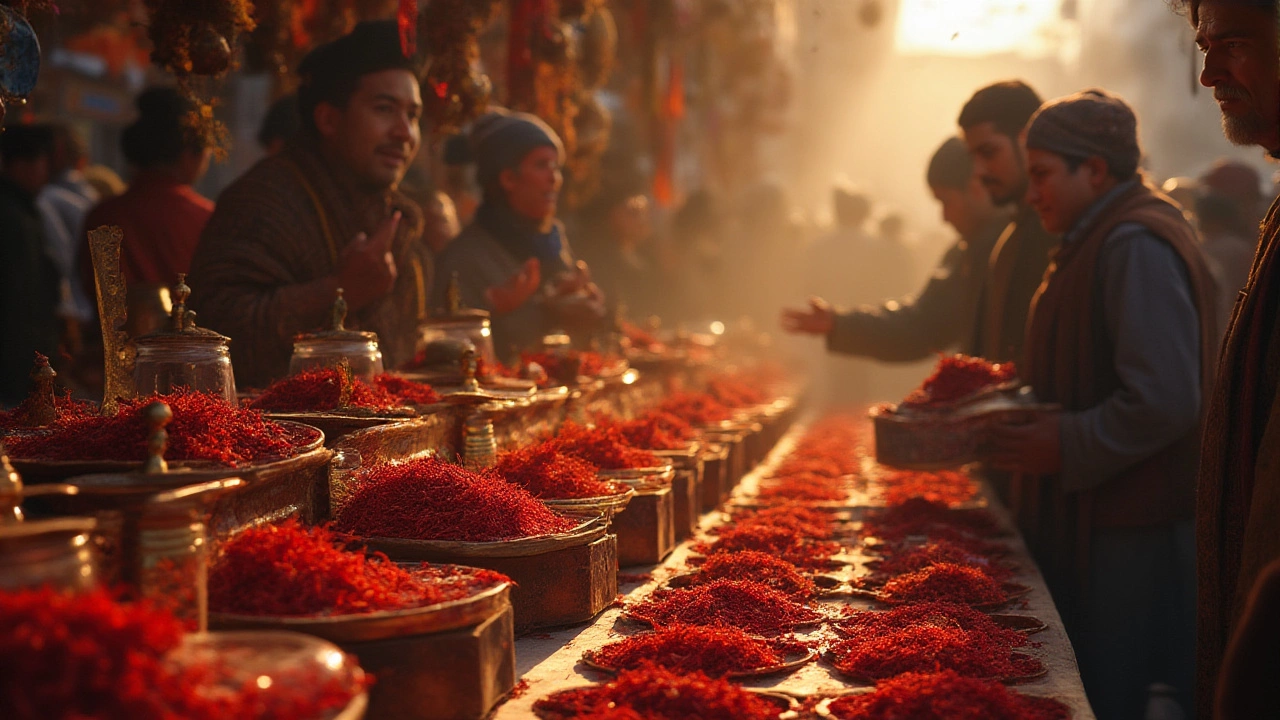
What Makes These Plants so Valuable?
So what’s the secret sauce that sends a plant's price sky-high? For most, it’s a triple threat: rarity, beauty, and the effort it takes to grow or harvest them. Let’s break that down. Trees like sandalwood and agarwood take over a decade to mature, and their yield depends on unpredictable natural triggers (like disease or pests for agarwood). The slow pace and risk involved makes each harvest precious.
With spices like saffron and vanilla, it’s all about labor and climate. There’s no machine for gently picking saffron or carefully hand-pollinating vanilla orchids. Human hands and patience make the price climb. Even a sudden frost or a few weeks of bad rain can ruin an entire year’s crop.
For ornamental plants, demand from collectors can make even a common species suddenly expensive if a unique ‘mutation’ appears—think of the frenzy for a variegated Monstera leaf appearing in a nursery. Scarcity makes people want it more. Plus, the import of exotic species is tightly regulated in India to stop pests and diseases, so imported rare houseplants often carry extra cost due to permits and limited supply.
Sometimes it’s also about cultural or religious importance. Sandalwood is used in Hindu rituals and Ayurvedic medicine, and agarwood is essential for incense in temples and mosques. That gives the plant an emotional value, not just a price tag.
How Indian Growers Cultivate and Protect These Priceless Plants
Growing India’s costliest crops and plants isn’t just about planting a seed and waiting around. Many of these valuable species require special care and serious protection. Take sandalwood: For most of the 20th century, only state governments in the south could legally own and harvest sandalwood trees. Today, private farmers under state licenses can grow them, but security is tight—plantations can turn into fortresses with barbed wire and guards to stop illegal loggers. Regular inspections and careful documentation help keep smuggling in check, but the risk and paperwork make this a tough business.
Saffron doesn’t just pop up anywhere. It needs altitude, well-drained soil, and cold winters but no hard frost during flowering. Growers in Kashmir have passed down secret family techniques for generations, picking flowers at sunrise before the sun wilts the delicate stigmas. After picking, it’s up to steady hands to slowly separate the precious threads.
Agarwood’s story gets even more interesting. Because the high-priced resin forms only after a fungal infection, some farmers actually inoculate their trees with the right microbes to ‘jump start’ the resin-making process. But there’s no guarantee—the process is part science, part luck. Government agencies in Assam and Tripura strictly control permits for cultivation, and even those who can legally harvest must account for every kilogram of resin.
Ornamental plants, especially imported types, require different tricks. Growers spend years perfecting tissue culture methods—basically cloning the parent plant in a lab—to multiply rare specimens without waiting for seeds or offsets. Indoor plant nurseries use temperature and humidity controls to make sure high-value species don’t die off in the Indian sun. Uptake of social media has let plant sellers find new buyers nationwide, driving up both demand and price.
Bonsai growers shape and prune their trees for years, even decades, before the plant is ready for sale. It’s not just gardening—it’s an art form, and Indian growers learn from Japanese masters or local experts to raise the next auction-worthy specimen.
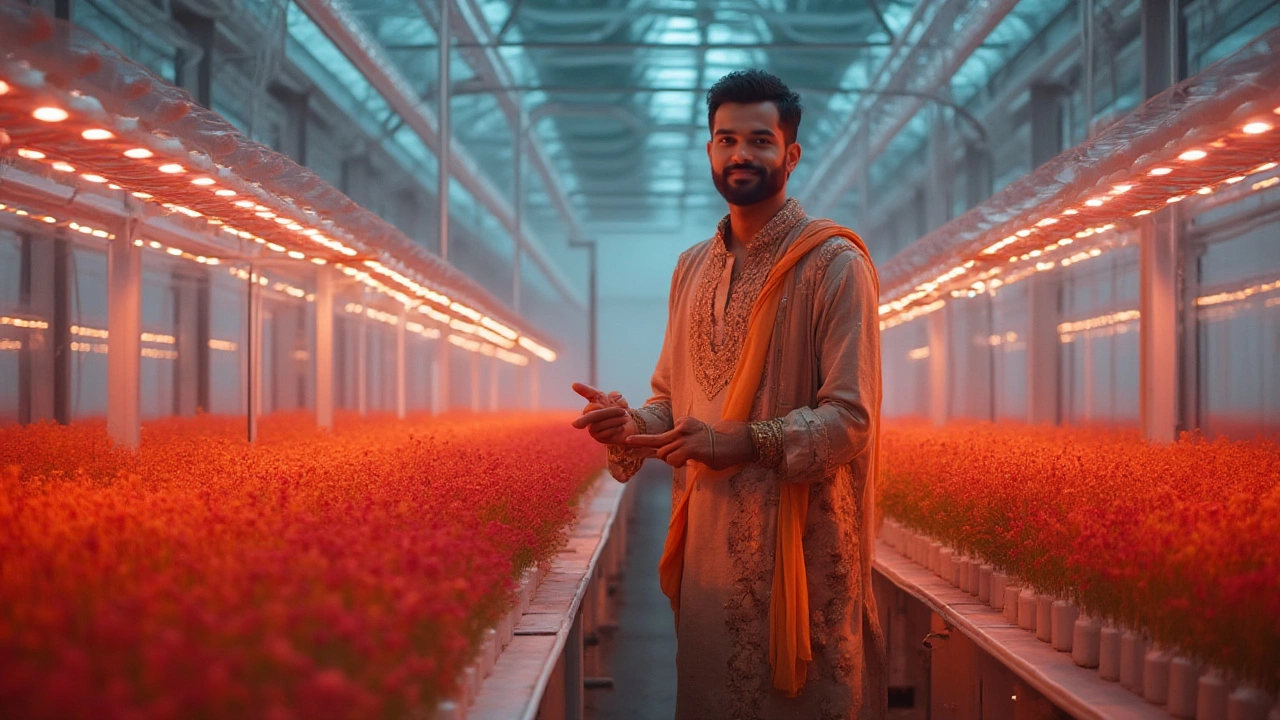
Tips for Plant Lovers: Buying and Growing High-Value Plants Responsibly
If your idea of investing isn’t stocks or gold but rare greens, you’re not alone. But before splashing out big on a dream plant, there are some things you need to know. First, check the legal status. Plants like sandalwood and agarwood can’t just be grown or sold without the right permits. Buying from licensed nurseries or certified growers will save you from headaches—or worse, legal trouble—down the line.
If you’re after rare houseplants or exotic ornamentals, be wary of internet scams and illegal imports. Lots of sellers claim they have legit 'variegated' monsters or rare orchid cuttings, but it can be tough to check the plant’s health or even if the species is real until it lands at your door. Connect with trusted local nurseries or online plant groups where people share reviews and trade advice.
For those tempted by the profits of high-value crops, get professional training. Vanilla, saffron, and agarwood are not for beginners—they need technical know-how and serious dedication. Some agricultural universities or state departments offer short courses in spice cultivation or tree planting.
Take plant health seriously. Costly plants are often the most fragile. Invest in good soil, filtered water, and the proper pots or shade nets. For some species—especially orchids or rare succulents—there’s a fine line between perfect care and killing your investment. Start small, learn from each season, and reach out to online forums or local clubs for tips from more experienced hobbyists.
And most importantly, don’t try shortcuts. Illegal harvesting, poaching from the wild, or sidestepping regulations can damage the environment and put entire species at risk. It’s tempting to go for the quick profit, but sustainable growing means these precious plants will be around for the next generation of enthusiasts to enjoy—and for prices to stay strong.


